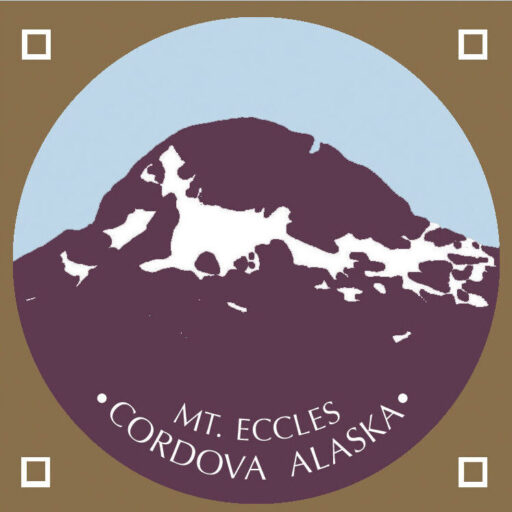Be sure to stop by the museum and pick up your own copy of the Copper River Highway Historical Tour and Cordova’s Historic Walking Tour pamphlets which provide details about points of interest along miles 0-13 of the highway and key locations in town.
Ocean Dock District: Originally the terminus of the Copper River and Northwest Railway, much of the area was destroyed by a fire in 1968. A portion of the historic Cannery Row and the original Ocean Dock are still in operation today.
Downtown District: The downtown area includes buildings constructed as early as 1908, primarily as business enterprises. Two separate fires destroyed much of the East Block of First street, and the newer buildings reflect a distinct difference in style.
Residential District: Homes and structures on the hill above downtown have maintained many of the original architectural details reflecting the early 1900’s.
Red Dragon Historic District: Placed on the National Register in 1982, the district includes the Red Dragon and St. George’s Church.
Railroad Row: Built between 1908 and 1918, these structures were used for housing employees of the Copper River and Northwest Railway.
Nirvana Park: Nirvana Park and the spit area were the first graveyard and burial grounds for both the Native people and non-Native people in early Cordova. The area was developed into a community park in the 1920’s and is now owned by the City. A reflective area to walk, various community groups continue to work together to find common ground regarding its future. As one community member said, “there are traces of all our history there. What an incredibly special place that has touched all of us and continues to do so.”
Old Town: Hollis Henrichs Park, also known as “the grassy field”, Odiak Pond, and the local hospital can be found in the original location of the community, then known as Odiak. In 1908, a new townsite was surveyed and lots began selling for the “new” Cordova.
Village of Eyak: The earliest settlers in the area were the Eyak, who had a village 5.5 miles from Cordova at the mouth of the lake. With the developing salmon industry in the late 1880’s, many Eyak Natives moved closer to the canneries and a village site was established along the western side of the lake.
